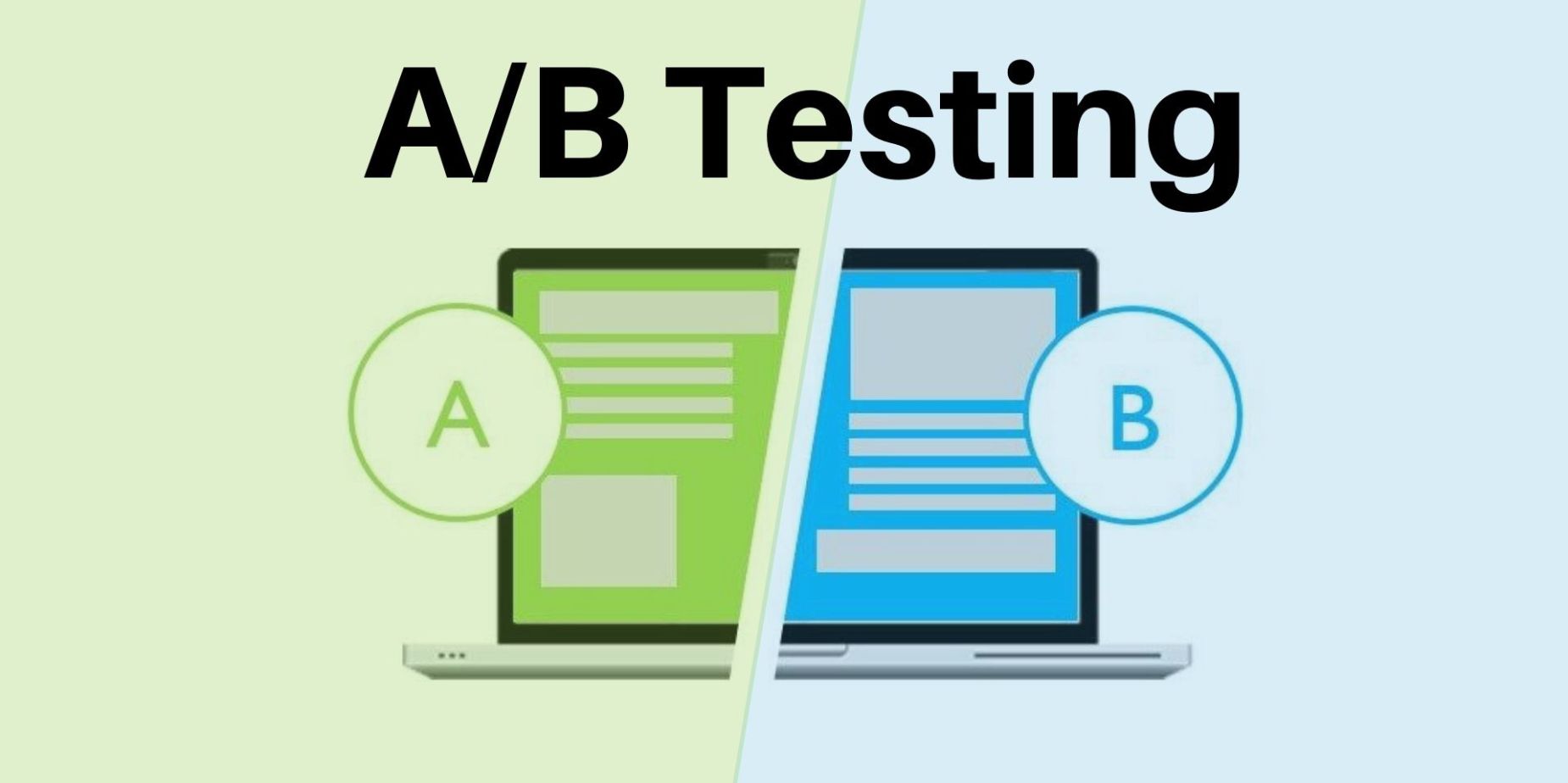Nigeria does not lack conversation.It lacks organization of conversation. Every day, millions of Nigerians discuss…

A/B Testing in Email Marketing: What You Need to Know
Navigating the complexities of email marketing demands more than just persuasive content; it’s about continuously refining your approach to maximize impact. A/B testing is a critical tool for marketers looking to fine-tune their campaigns and achieve measurable improvements. This article explores the fundamentals of A/B testing in email marketing, explaining its importance and offering actionable strategies to help your business—whether a startup, established brand, or enterprise—achieve superior results.
What is A/B Testing in Email Marketing?
A/B testing, also known as split testing, is a method used to compare two versions of an email to determine which one performs better. This process involves sending version A (the control) to one segment of your audience and version B (the variation) to another segment. The goal is to identify which version leads to higher engagement, whether that’s in terms of open rates, click-through rates, conversions, or other key metrics.
Table of Contents
Why A/B Testing Matters
A/B testing is crucial because it allows marketers to make data-driven decisions. Instead of relying on guesswork or intuition, A/B testing provides clear evidence of what resonates with your audience. According to the DMA 2022 Email Benchmarking Report, 39% of marketers said that A/B testing is the most effective tactic for improving email performance. This method enhances your campaigns’ effectiveness and contributes to a better understanding of your audience’s preferences and behaviours.
Read more related articles: How To Use Data Analytics to Improve Your Email and SMS Campaigns
Key Elements to Test
When conducting A/B tests in email marketing, it’s important to focus on elements that significantly impact your campaign’s success. Here are the key components you should consider testing:
1. Subject Lines
The subject line is the first thing your audience sees, often determining whether they will open your email. A/B testing different subject lines can help you understand what language, tone, or structure works best for your audience. For instance, you might test a subject line with a question against one with a statement or compare the effectiveness of personalization versus a more generic approach.
2. Email Copy
The body of your email is where you convey your message, and slight variations in wording can lead to different outcomes. Test different copy lengths, tones (formal vs. casual), or even the placement of key information to see what drives better engagement.
Read more related articles: 5 Secrets: How To Use Email Templates To Create A Successful Business (Product)
3. Call to Action (CTA)
Your CTA is the crucial point where you guide your subscribers toward the desired action, whether it’s clicking a link, making a purchase, or downloading a resource. Test different CTAs by varying the wording, color, placement, and even the design to see what prompts more action from your audience.
4. Images and Visuals
Visual elements can significantly impact the effectiveness of your email. Test different images, graphics, or even the absence of images to determine what captures your audience’s attention and drives engagement.
5. Send Times and Days
Timing can be everything in email marketing. Test different send times and days of the week to find out when your audience is most likely to engage with your emails. According to HubSpot’s 2023 Email Marketing Survey, emails sent on Tuesdays and Thursdays tend to have higher open rates, but this can vary depending on your specific audience.
Read more related articles: 10 AI Tools for Marketing in 2024 To Enhance Growth and Productivity
Best Practices for A/B Testing
To ensure your A/B testing efforts are effective and yield actionable insights, follow these best practices:
1. Test One Element at a Time
To accurately attribute any differences in performance to the element you’re testing, focus on one variable at a time. If you test multiple elements simultaneously, it can be challenging to determine which change led to the results.
2. Use a Large Enough Sample Size
For your test results to be statistically significant, you need to test with a sufficiently large sample size. Too small a group might give you misleading results. Tools like A/B test calculators can help you determine the ideal sample size for your audience.
3. Run the Test for a Sufficient Period
Allow your A/B test to run for a long enough period to gather meaningful data. Ending the test too early may result in inconclusive or inaccurate findings. Typically, it’s recommended to run tests for at least a week to account for variations in daily engagement.
4. Analyze the Results Thoroughly
Once your test is complete, analyze the results carefully. Look beyond the surface metrics (like open rates) and consider how the changes impacted conversions, revenue, and other deeper metrics. Understanding the full impact of your changes is crucial for making informed decisions.
Real-World Examples of A/B Testing Success
Here are a few examples that showcase the power of A/B testing in email marketing:
- Example 1: Airbnb: Airbnb conducted an A/B test on their email subject lines, testing a personalized subject line against a generic one. The personalized subject line, which included the recipient’s first name, resulted in a 20% increase in open rates.
- Example 2: HubSpot: HubSpot experimented with different CTA button colours in their emails. They found that using a red CTA button instead of a green one increased their conversion rate by 21%.
Read more related articles: Effective Customer Acquisition Strategies For B2B Startup In 2024
Common Pitfalls to Avoid
While A/B testing is a powerful tool, it’s essential to be aware of common pitfalls:
- Ignoring Statistical Significance: Don’t base decisions on results that aren’t statistically significant. Without a significant sample size, your findings might just be due to random chance.
- Testing Too Many Variables at Once: As mentioned earlier, testing multiple elements simultaneously can muddy your results. Stick to one variable at a time for clear insights.
- Not Iterating: A/B testing is not a one-time activity. Continuously testing, learning, and optimizing your campaigns is key to long-term success.
Conclusion: The Impact of A/B Testing on Your Email Marketing
A/B testing is not just a nice-to-have tactic; it’s a must-have strategy in today’s data-driven marketing environment. By systematically testing and optimizing your emails, you can significantly improve engagement, conversions, and overall ROI. Whether you’re a startup looking to make a mark or an established enterprise aiming to maintain a competitive edge, A/B testing can provide the insights you need to elevate your email marketing campaigns.
Implementing a structured A/B testing process can transform your email marketing from guesswork to a finely tuned machine that delivers results. Start small, test often, and let the data guide your decisions to achieve the best possible outcomes for your business.
Read related articles: The Top 10 Tools and Platforms for Content Generation in 2024


